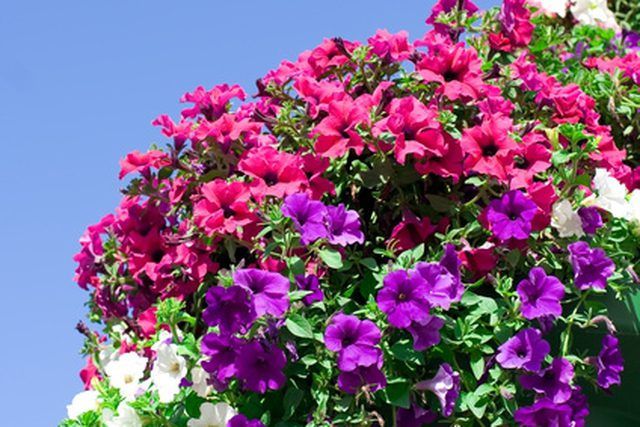Bulbs
Flower Basics
Flower Beds & Specialty Gardens
Flower Garden
Garden Furniture
Garden Gnomes
Garden Seeds
Garden Sheds
Garden Statues
Garden Tools & Supplies
Gardening Basics
Green & Organic
Groundcovers & Vines
Growing Annuals
Growing Basil
Growing Beans
Growing Berries
Growing Blueberries
Growing Cactus
Growing Corn
Growing Cotton
Growing Edibles
Growing Flowers
Growing Garlic
Growing Grapes
Growing Grass
Growing Herbs
Growing Jasmine
Growing Mint
Growing Mushrooms
Orchids
Growing Peanuts
Growing Perennials
Growing Plants
Growing Rosemary
Growing Roses
Growing Strawberries
Growing Sunflowers
Growing Thyme
Growing Tomatoes
Growing Tulips
Growing Vegetables
Herb Basics
Herb Garden
Indoor Growing
Landscaping Basics
Landscaping Patios
Landscaping Plants
Landscaping Shrubs
Landscaping Trees
Landscaping Walks & Pathways
Lawn Basics
Lawn Maintenance
Lawn Mowers
Lawn Ornaments
Lawn Planting
Lawn Tools
Outdoor Growing
Overall Landscape Planning
Pests, Weeds & Problems
Plant Basics
Rock Garden
Rose Garden
Shrubs
Soil
Specialty Gardens
Trees
Vegetable Garden
Yard Maintenance
Why Are My Wave Petunias Drying Up & Dying?
Why Are My Wave Petunias Drying Up & Dying?. Wave petunias are popular for their full spreading habit and ample bloom counts. They can tolerate heat and long periods between watering, but only under optimal conditions. If they're packed in close on soil that doesn't hold any water during hot, windy, dry months while insects are sucking every drop...

Wave petunias are popular for their full spreading habit and ample bloom counts. They can tolerate heat and long periods between watering, but only under optimal conditions. If they're packed in close on soil that doesn't hold any water during hot, windy, dry months while insects are sucking every drop from their leaves, well, you'll need to give them some extra attention. Look at the specifics of the environment they're growing in before deciding you have a black thumb.
Spacing
Petunias can handle a crowd, but only if there is ample soil and a good watering schedule. If petunias are packed into a garden or, worse, packed into a planter, they will need frequent, deep watering to compete. Wave petunias spread, so plant them at least 1 1/2 feet from other plants. The roots spread, too. The roots need this space for root surface area to absorb more water.
Soil
Sandy soils drain and transpire quickly. This means water will get too low in the ground or rise to the surface and evaporate before the thirsty petunias can get to it. Loamy soils are better, and clay soils hold water best. A soil with a balance of all of these is ideal, since sand will keep the ground from getting soggy and hard-packed, loam will provide nutrients, and clay will hold water. Beware of super-light potting soil: it loses water very quickly.
Disease and Insect Issues
Look for other signs of problems with your wave petunias other than dry leaves and blooms. Are there spots or insects on the plant? Are some areas yellowing, turning brown or discoloring faster than others? If you can't identify the culprit, take one of your problem plants to a garden center. Be sure to take the entire plant, including the roots and a 3-inch by 3-inch section of the soil the roots are growing in. Many diseases or insect problems can be spotted easily by professionals who're used to seeing them.
Watering Habits
Often it's the simplest problem that's overlooked. It may seem like you're watering your petunias all the time, but check the top 2 to 3 inches of soil. If it's dry, then the petunias need a good, deep watering. You may have to boost your watering regime. Watch out for windy days or low humidity. Weather like this can suck the moisture out of the plants much more quickly, and you'll have to water sooner than you usually do.
Considerations
Invest in good, water-retaining soil before planting. If your petunias are already in the ground, mulch about 2 inches around the plants and water it in well. Dry mulch pulls moisture from the soil, too. Choose planting containers that are deep and wide to accommodate plenty of moisture-storing soil, and they should be made from a material such as durable plastic or ceramic that will not transpire easily. Don't overfertilize your petunias. The more you fertilize, the more they'll grow, and the more water those thirsty plants will need.